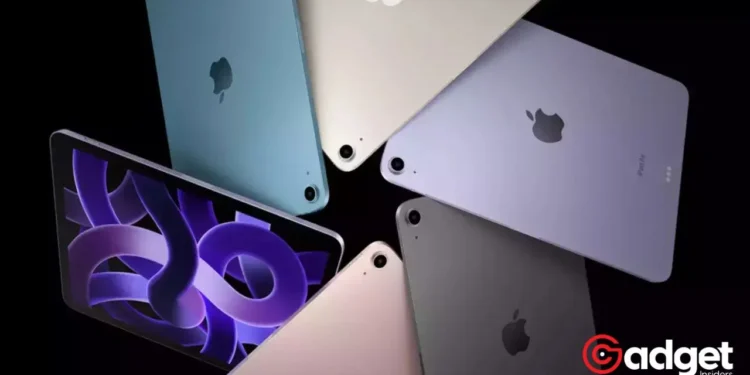In the realm of consumer electronics, few topics spark as much debate as the manufacturing origins of our beloved gadgets. Amidst this whirlwind of discussions, Apple Inc. finds itself frequently at the epicenter, particularly concerning its flagship products, the iPhone and iPad.
The discourse around the outsourcing of manufacturing jobs has polarized opinions, with critics decrying the impact on domestic employment and product quality, and proponents lauding the benefits of competitive pricing and global economic development.
Apple, a tech behemoth known for its sleek designs and innovative technology, has not been immune to scrutiny. Allegations of unethical labor practices have clouded its reputation, leading to a common misconception that its products are solely produced in China. However, the truth is more nuanced than this binary narrative suggests.
Apple’s Response to the Critique
To shed light on its operations, Apple annually releases supply chain reports, albeit with a hint of public relations flair. These documents reveal a sprawling network that extends across over 50 countries, engaging over 3 million individuals in the process.
The 2022 report highlighted Apple’s commitment to human rights and environmental standards, emphasizing the rigorous assessments its suppliers undergo.

Beyond mere compliance, Apple has taken a stand against child labor, mandating immediate action to protect minors discovered within its supply chain. This stance, while commendable, is part of a larger effort to align with international labor and human rights guidelines.
The Reality of iPhone and iPad Manufacturing
So, where are iPhones and iPads manufactured? Contrary to the simplistic view that pins production solely on China, Apple’s official supplier list paints a different picture. The list references about two dozen countries, including the United States and several European nations, illustrating a complex web of global collaboration.

Despite this diversity, China’s significance cannot be understated. It remains a crucial hub for the assembly and development of Apple products. Yet, the narrative is slowly shifting as Apple explores manufacturing opportunities in other countries, such as India, signaling a gradual, albeit cautious, diversification of its production bases.
#iProtocolTm Where are Apple products made?: Ever wondered where iPhones, iPads and other Apple products are designed, made and assembled?… pic.twitter.com/zhVTj1aa3I
— iPhone Protocol Team (@iprotocoltm) July 28, 2017
A Multifaceted Manufacturing Ecosystem
The discourse surrounding the manufacturing of iPhones and iPads highlights a broader conversation about globalization and its implications. While Apple’s supply chain strategy may be subject to criticism, it undeniably showcases the intricate interdependencies that define our global economy.

As consumers, it behooves us to look beyond simplified narratives and appreciate the complexities of how our favorite devices come to be. Apple’s efforts to maintain ethical standards and diversify its production reflect a balancing act between operational efficiency and social responsibility.
The journey of an iPhone or iPad from conception to consumer’s hands is a testament to the global tapestry of modern manufacturing, weaving together the efforts of millions around the world in the creation of products that have become indispensable to our daily lives.









